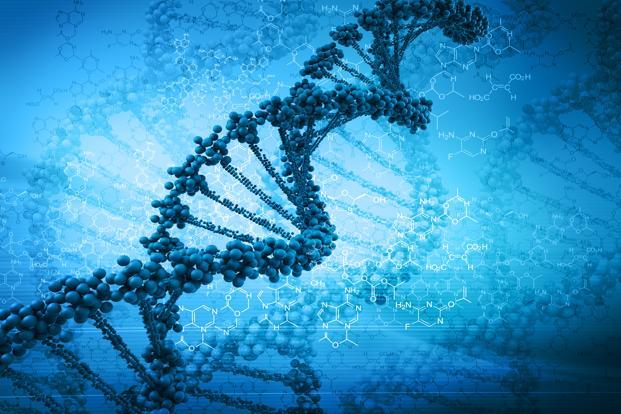A new study is the first in a series that will examine contributions of genetic and environmental variations to criminal behavior. Genes/adversity may be linked to crime in an incarcerated sample, says the new study, “Monoamine oxidase A genotype, childhood adversity, and criminal behavior in an incarcerated sample,” published online in the journal Psychiatric Genetics. Researchers at Sam Houston State University have found a genetic characteristic that interacts with childhood adversity to predict higher rates of crime in an incarcerated sample. So can genes plus environmental variations actually predict crime, at least in a sample of people already incarcerated, the study asks? First the scientists looked at what in the human body could be linked to aggression. Turns out it’s the MAOA genotype that acts with childhood adversity. But what would that situation predict?
This study examines the role of monoamine oxidase A (MAOA), which has been linked to aggression, violence, and various types of childhood adversity in prior research. The study found MAOA genotype interacted with childhood adversity to predict self-reported criminal behavior and arrest rates for both property and violent crime.
“These findings indicate that gene-by-environment interactions are important for understanding variation in crime among populations with high base rates of criminal activity,” said Todd Armstrong, according to the June 4, 2014 news release, “Genes/adversity linked to crime in incarcerated sample.” Armstrong is principal investigator of the study.
The study was based on a sample of about 100 inmates from a correctional institution in the Southern United States
Sample members were convicted of a wide variety of charges, including violent crimes, drug offenses, property crimes, disorderly conduct and weapons offenses. In addition to collecting and analyzing DNA, researchers conducted surveys of offenders and examined their criminal histories.
“No one has done this type of research with an incarcerated sample in North America,” said Armstrong, according to the news release. “It can help us understand the context and processes that link genes with criminal behavior and provide an avenue for understanding individual variation in the tendency to engage in crime.”
In addition to unraveling the links among genes, childhood adversity and crime, the findings may help to develop better intervention programs for at-risk children in the future
The study was a collaborative effort between the Department of Criminal Justice and Criminology, and the Department of Forensic Science at Sam Houston State University. It was co-authored by fellow faculty members Brian Boutwell and David Gangitano as well as graduate students Shahida Flores, Mary Symonds and Shawn Keller.
The inter-disciplinary approach has led to a new course at Sam Houston State University in Behavioral Genetics, which provides students with an understanding of behavior genetics and the influence of genes and the environment on emotion, personality and behavior.
The research group is currently exploring the relationship between a number of genetic characteristics and different forms of crime and delinquency in the incarcerated sample and among a sample of University students. These studies are considering potential links between genetic characteristics and stalking and the role that genetic characteristics related to serotonin function play in the development of patterns of crime and delinquency. You also may be interested in another study, “The role of genetic variants in genes regulating the oxytocin-vasopressin neurohumoral system in childhood-onset aggression.”








